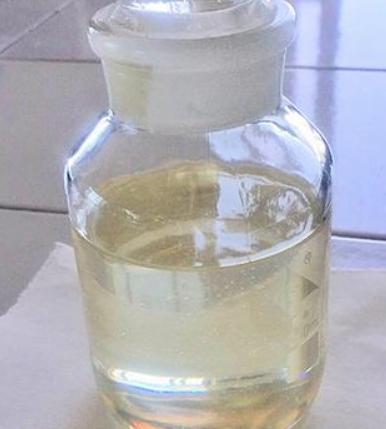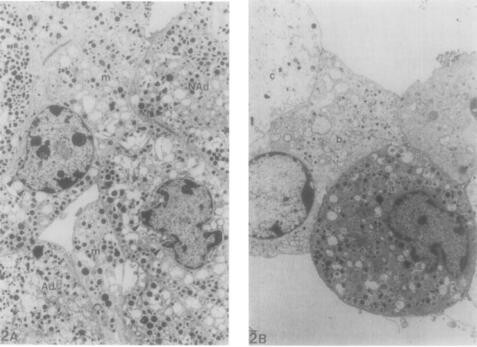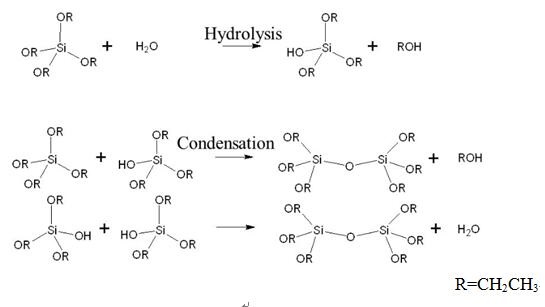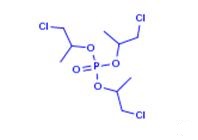Inorganic acid Esters
More
Less
Inorganic acid ester is obtained through the reaction between alcohol and oxygen-containing organic acids or inorganic acid to generate esters (inorganic acid ester or organic acid esters) and water reaction. For example, sulfuric acid and ethanol, nitric acid and glycerol or pentaerythritol esters can have esterification reaction to generate important inorganic acids ester.





